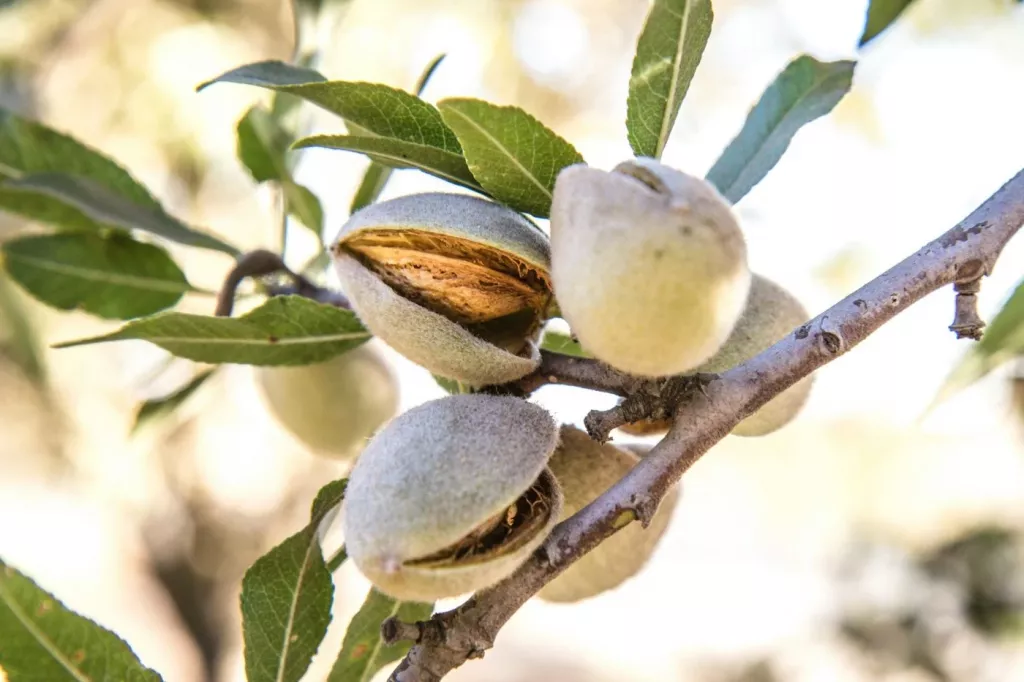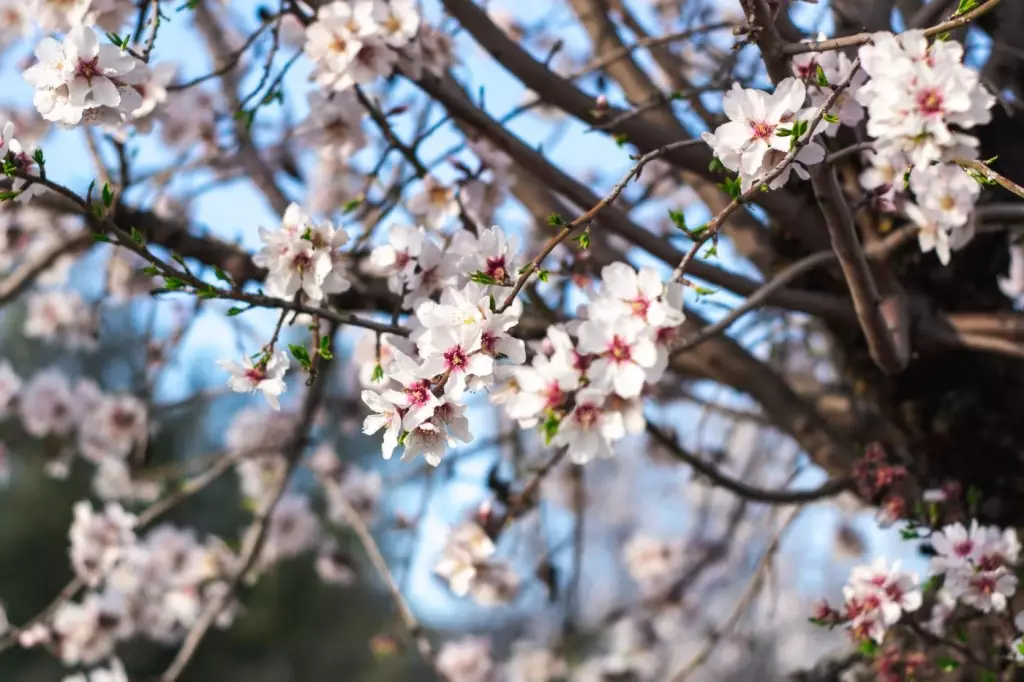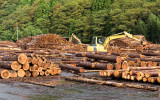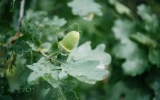How Many Almond Trees Should You Plant per Acre?
To optimize your almond tree yield and avoid wasted space, you need to carefully consider the number of trees you plant on your acreage. Planting too few trees can result in lower yields, while planting too many can lead to competition for resources and an increased risk of disease and pest infestations. Fortunately, we've compiled all the information you need to determine the optimal number of almond trees to plant per acre in this article.
The recommended number of almond trees to plant per acre for optimal yields is between 120 and 160 trees per acre. This allows adequate spacing to prevent the trees from competing for resources like nutrients and water, while also allowing enuogh room for air circulation and managing pests and disease.
However, the exact number of trees you should plant per acre may vary depending on factors like your soil, variety, and orchard management practices. Let's take a closer look at each of these factors and how they affect the density of almond trees per acre.
Summary
- Monterey almonds can be planted at a density of 170–200 trees per acre because they are a self-fertile variety that does not require cross-pollination to produce nuts.
- Nonpareil, Carmel, Butte, Padre, and Sonora almond varieties all require cross-pollination with other almond varieties to produce nuts, which means planting more trees per acre may not necessarily result in higher yields.
- Sandy loam soil can support between 110 and 140 almond trees per acre, while clay soil can support between 160 and 190 almond trees per acre.
- A lower tree density of 100–150 trees per acre is recommended for manual harvesting to make it easier for workers to move around the trees and pick the almonds by hand.
- For low-density planting, a recommended density of 50–100 trees per acre is used to allow farmers to prioritize the health and longevity of their trees over maximizing yields.

On this page:
Optimal Almond Tree Density per Acre
The recommended number of almond trees to plant per acre for optimal yields is between 120 to 160 trees per acre. This density allows adequate spacing between the trees to ensure they don't compete for resources like nutrients and water, while also allowing adequate room for air circulation and managing pest and disease pressure.
However, the exact number of trees you should plant per acre may vary depending on factors like your soil, variety, and your orchard management practices.
Tree Density Based on Almond Variety
The table below shows the optimal number of almond trees per acre depending on the almond variety:
| Almond Variety | Optimal Tree Density (trees/acre) |
|---|---|
| Nonpareil | 120-160 |
| Monterey | 170-200 |
| Carmel | 120-160 |
| Butte | 120-160 |
| Padre | 120-160 |
| Sonora | 120-160 |
Average tree density for Nonpareil almond variety
Nonpareil, the most common variety of almonds, requires a lower density of trees per acre compared to other varieties. On average, Nonpareil almond trees should be planted at a density of 120 to 160 trees per acre.
It is a self-incompatible variety, which means it requires cross-pollination with other almond varieties to produce nuts. Nonpareil trees are medium-sized, with a spreading growth habit.
They have a high yield potential and produce large, uniform nuts with a smooth, light-colored kernel. They are also known for their relatively fast growth rate compared to other almond varieties.

Average tree density for Monterey almond variety
The optimal tree density for Monterey is 170-200 trees per acre. It is a self-fertile variety, which means it does not require cross-pollination to produce nuts.
Monterey trees are large and vigorous, with an upright growth habit. They have a high yield potential and produce large, uniform nuts with a slightly darker kernel than Nonpareil.
Average tree density for Carmel almond variety
The optimal tree density for Carmel is 120-160 trees per acre. This variety is a cross between Nonpareil and Price.
It is a self-compatible variety, which means it can produce nuts without cross-pollination, but yields are improved with cross-pollination from other almond varieties.
Carmel almond trees are medium-sized and have a spreading growth habit. They can grow up to 25-30 feet tall and wide, and have a dense canopy of leaves that provides good shade.
They are also known for their high productivity, with each tree capable of producing up to 1,500 pounds of nuts per acre. They have a long harvest season, which typically begins in mid-August and can last until mid-October.
Average tree density for Butte almonds
Butte almonds are a popular variety of almond trees that are widely grown in the West Coast Region, particularly in California. The average tree density for Butte almonds is typically around 120-160 trees per acre.
These almonds are self-fertile, meaning that they can produce nuts without the need for cross-pollination. However, cross-pollination with other varieties can increase the yield of the trees.

Therefore, it is recommended to plant Butte almonds with other compatible varieties, such as Padre or Monterey, to ensure optimal cross-pollination.
In terms of growth habits, they are known for their upright and vigorous growth. They have a moderate to large tree size, with an average height of 18-22 feet and a spread of 12-15 feet.
Average tree density for Padre almonds
The optimal tree density for Padre almonds is typically between 120-160 trees per acre. This is because they require a certain amount of space to grow and produce fruit, and planting them too close together can lead to reduced yields and poor-quality nuts.
Padre almonds are a popular variety of almond trees that are grown for their large, sweet nuts. They are known for their high yields and excellent quality nuts, which are prized by consumers and food manufacturers alike.
Padre almonds are self-unfruitful, which means they require cross-pollination with other almond varieties to produce fruit. As a result, they are often planted in orchards with other compatible almond varieties to ensure successful pollination.
To help with the pollination process, you can also place 2-4 beehives per acre of almonds to ensure a higher yield.
In terms of growth habits, they are considered to be vigorous and upright trees, with a spreading canopy. They typically grow to a height of 15-20 feet and have a width of 20-25 feet when fully mature.
Average tree density for Sonora almonds
The optimal tree density for Sonora is 120-160 trees per acre, which allows for good light penetration and air circulation, resulting in healthy trees and high yields.
Sonora almonds are one of the most widely grown varieties of almonds in California, accounting for about 70% of the state's almond production.
They are used in a variety of products, including almond milk, almond butter, and almond flour. Sonora almonds are also a popular snack and are often roasted and seasoned with spices or sweeteners.
Almond Tree Density Based on Soil Type
| Soil Type | Almond Density per Acre |
|---|---|
| Sandy Loam | 110-140 trees |
| Loam | 120-150 trees |
| Clay Loam | 130-160 trees |
| Sandy Clay Loam | 140-170 trees |
| Silty Clay Loam | 150-180 trees |
| Clay | 160-190 trees |
The optimal density of almond trees per acre ranges from 110 to 190, depending on the soil type. Sandy loam soil can support between 110 to 140 almond trees per acre, while clay soil can support between 160 to 190 almond trees per acre.
Sandy loam soil is well-draining and has a low water-holding capacity. This means that it is more suitable for planting fewer almond trees per acre (110 to 140) because the trees will have access to enough nutrients and water without being overcrowded.

On the other hand, clay soil has a high water-holding capacity and is more prone to waterlogging, which can be detrimental to the growth and development of almond trees.
This means that planting more almond trees per acre (160 to 190) on clay soil can help reduce the risk of waterlogging and ensure that the trees have access to sufficient nutrients and water.
Adjusting Density for Orchard Management Practices
The almond tree density per acre can be adjusted based on the orchard management practices.
| Orchard Management Practice | Estimated Almond Tree Density per Acre |
|---|---|
| Mechanical harvesting | 150-200 trees/acre |
| Hand harvesting | 100-150 trees/acre |
| High-density planting | 300-400 trees/acre |
| Low-density planting | 50-100 trees/acre |
Recommended density for mechanical harvesting
Mechanical harvesting is a popular method used in the almond industry, which involves the use of machines to shake the trees and collect the almonds that have fallen to the ground. However, in order for mechanical harvesting to be effective, a certain tree density is required.
A density of 150-200 trees/acre is recommended for mechanical harvesting. This means that there should be between 150 to 200 almond trees planted per acre of land. This density ensures that the harvester can reach all the trees and effectively shake them to collect the almonds.
Recommended density for manual harvesting
Hand harvesting involves manually picking the almonds from the trees. This method requires a density of 100-150 trees/acre.
This density allows for easier access to the trees, which is necessary for hand harvesting. With a lower tree density, it's easier for workers to move around the trees and pick the almonds by hand. If the tree density is too high, it can be difficult for workers to access the trees and harvest the almonds efficiently.
Recommended almond trees per acre for high-density planting
The recommended number of almond trees per acre for high-density planting is between 300 and 400 trees. This is achieved by planting trees in rows that are closer together than in traditional planting methods.
High-density planting is a modern agricultural technique that involves planting more trees per acre than traditional planting methods. This technique is used to increase yields and maximize land use while also reducing the amount of space required for each tree.
This method is also often used in orchards where space is limited or where farmers want to increase their yields without expanding their land. It is also a popular technique in areas where water is scarce, as it allows farmers to use water more efficiently.

Recommended almond trees per acre for low-density planting
The recommended number of almond trees per acre for low-density planting is between 50 and 100 trees. This is achieved by planting trees in rows that are farther apart than in traditional planting methods.
Low-density planting involves planting fewer trees per acre than traditional planting methods. This technique is used to allow for more space between trees, which can improve tree health and make it easier for farmers to manage their orchards.
This planting method is often used in areas where there is enough space for orchards and where farmers want to prioritize the health and longevity of their trees over maximizing yields. It can also be a good option for organic farmers who want to reduce the use of pesticides and other chemicals by promoting natural pest control and soil health.



